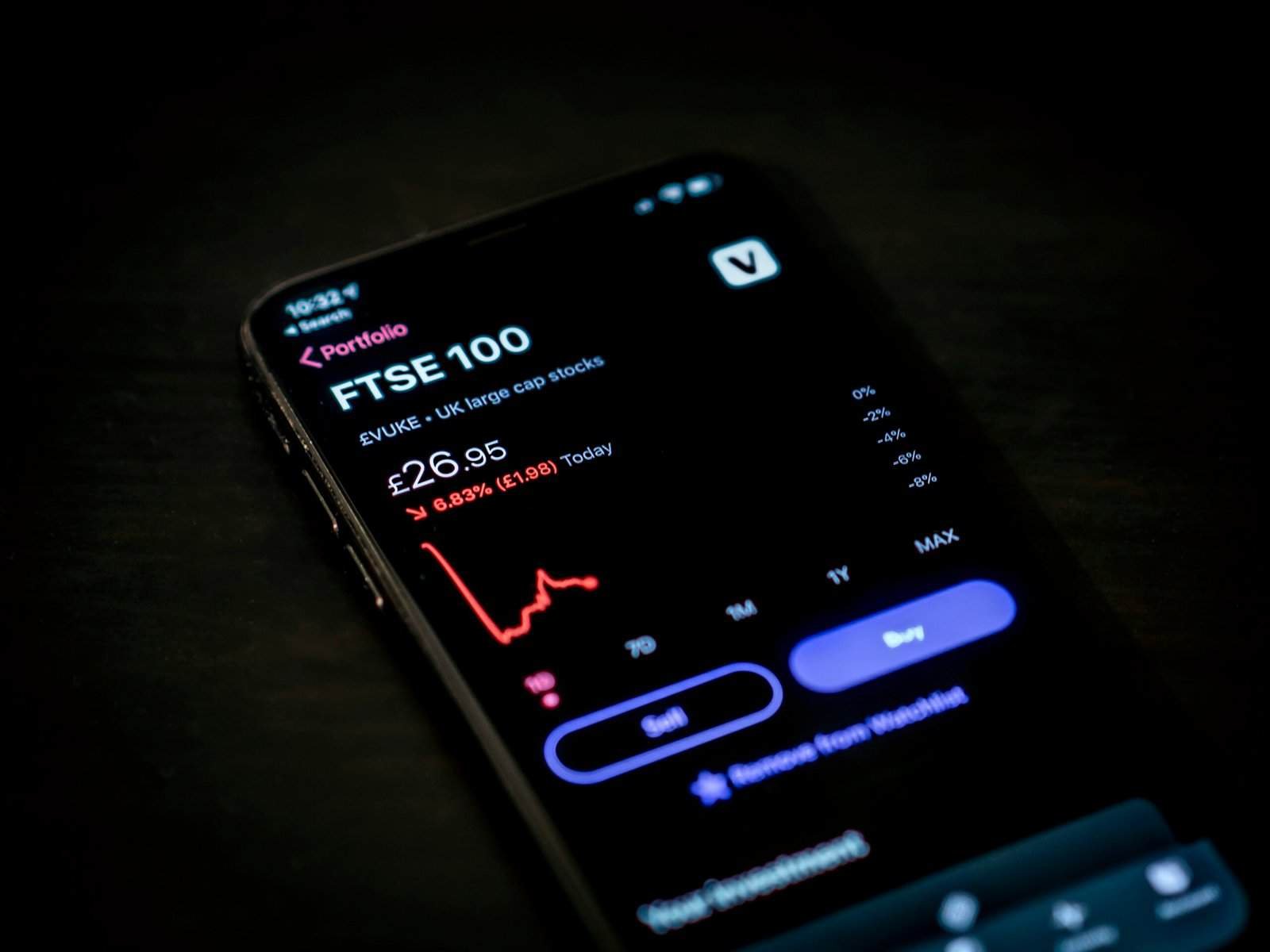Have you ever found yourself puzzled by the term “gas fee” and wondered why it’s something you need to pay? If you’ve ventured into the world of cryptocurrencies, particularly using platforms like Ethereum, this term is likely to have popped up on your radar. Understanding gas fees is crucial, as they are an essential part of how transactions are processed on blockchain networks.

What Is a Gas Fee?
At its core, a gas fee is a cost paid by users to perform transactions or execute contracts on a blockchain network. Specifically, in the Ethereum network, gas fees are used to compensate miners who validate and process your transactions. It’s akin to a service charge you might encounter when using traditional financial services, like transferring money between bank accounts or paying a credit card bill online.
The Role of Gas Fees in Blockchain Networks
Gas fees serve two primary functions. First, they act as an incentive for miners, who are responsible for maintaining the network’s security by confirming and validating transactions. Secondly, they help to manage network resources by preventing spam transactions that could clog the system. Without gas fees, the blockchain might face congestion, making it inefficient and potentially unreliable.
How Gas Fees Are Calculated
The amount of a gas fee can vary widely, depending on several factors. It’s calculated based on the complexity of the transaction and the current demand for processing power. For instance, a simple transaction like sending Ether (ETH) from one wallet to another may require less gas compared to an action involving a smart contract. Moreover, during times of high network activity, gas fees can spike, as there is more competition among users to get their transactions processed quickly.
Here’s a simplified breakdown of how gas fees work on the Ethereum network:
| Transaction Type | Gas Fee Complexity | Example Use Case |
|---|---|---|
| Simple Transaction | Low | Sending ETH to a friend |
| Contract Execution | Medium | Token swaps on DEXs |
| Complex Smart Contract | High | Creating NFTs |
Why Do You Have to Pay Gas Fees?
Gas fees are fundamental to the operation of blockchain networks. Paying these fees ensures that transactions you initiate on the network are processed efficiently and with priority. If you opt not to pay enough for gas fees, your transaction could take an excessively long time to process or might even get dropped entirely.
Security and Network Integrity
The fees contribute significantly to the security and integrity of the network. By compensating miners, you’re supporting a system where they can continue their critical work of verifying the accuracy of transactions and adding them to the blockchain ledger securely.
Economic Model of Cryptocurrencies
Gas fees also reflect the economic model underpinning cryptocurrencies. They serve as a pricing mechanism, allowing the network to allocate its limited resources efficiently. This model prevents network abuse by imposing costs on transactions, thus dissuading bad actors from overloading the system with unnecessary actions.
Differences Between a Gas Fee, Transaction Fee, and Network Fee
It’s easy to get confused between different types of fees when dealing with cryptocurrencies. Let’s clarify how a gas fee differs from transaction and network fees:
Gas Fee vs. Transaction Fee
- Gas Fee: Specific to Ethereum and similar platforms. It compensates miners for the computational effort required to execute transactions or smart contracts.
- Transaction Fee: A broader term often used across different blockchain networks. Generally, it’s the fee for moving assets from one address to another, but without the added complexity of a gas fee’s computation component.
Gas Fee vs. Network Fee
- Network Fee: Refers to charges for using the blockchain infrastructure, often interchangeable with “transaction fee” on networks other than Ethereum.
| Type of Fee | Key Characteristics |
|---|---|
| Gas Fee | Specific to networks like Ethereum; tied to computation |
| Transaction Fee | General fee for asset transfers across networks |
| Network Fee | Covers use of blockchain infrastructure; often interchangeable with transaction fee |
Strategies for Managing Gas Costs
Facing high gas fees can be daunting, especially during periods of network congestion. However, there are strategies you can employ to manage and potentially reduce these costs.
Choosing the Right Time for Transactions
One of the easiest ways to save on gas fees is by initiating transactions during off-peak hours. Fees tend to be higher when there’s more traffic on the network, so consider timing your transactions when fewer people are active.
Adjusting Gas Prices
Most wallets and platforms allow you to set your gas price. A higher gas price can expedite your transaction, while a lower price might make you wait longer for confirmation. Adjusting this setting to a medium or even lower level might save costs if you’re not in a hurry.
Using Layer 2 Solutions
Layer 2 solutions, like rollups and sidechains, operate on top of the main blockchain network and can help reduce gas fees. They process transactions on a separate blockchain, reducing the load on the main network, which can result in lower fees and faster transaction times.

CBDC vs. Stablecoin: Understanding the Differences
As you delve deeper into the world of digital assets, you might come across terms like Central Bank Digital Currency (CBDC) and stablecoin. While both are digital forms of currency, they serve different purposes and have distinct features.
What Is a CBDC?
A Central Bank Digital Currency is a digital form of a country’s fiat currency, issued and regulated by the central bank. Think of it as the digital version of your everyday money but controlled by the nation’s monetary authority.
What Is a Stablecoin?
Stablecoins are cryptocurrencies designed to have a stable value, typically pegged to a reserve of assets like a fiat currency, gold, or other investment vehicles. They aim to provide the benefits of digital currencies while minimizing volatility.
| Feature | CBDC | Stablecoin |
|---|---|---|
| Issuance | Issued by central banks | Issued by private companies or individuals |
| Stability | Stable by government backing | Pegged to fiat or assets for stability |
| Control | Centralized by government | Decentralized with various backing methods |
| Use Case | Legal tender with broad acceptance | Often used for trading and securing value |
Implications of Gas Fees for CBDC and Stablecoin Transactions
Although gas fees are not directly related to CBDCs, understanding their impact on digital currency use is essential. For stablecoins operating on platforms like Ethereum, gas fees are a crucial factor to consider, as each transaction involving stablecoins will incur these costs. On the other hand, CBDCs, being central bank-issued, might offer a different economic model where transaction costs are minimized or handled differently.
How Gas Fees Affect Stablecoins
For users engaging in transactions with stablecoins on the Ethereum network, gas fees can substantially affect the cost-effectiveness of the transaction. This is particularly true when transferring small amounts, where the fee might rival or even surpass the amount being transferred.
Potential CBDC Models Without Gas Fees
CBDCs might avoid traditional gas fees by being integrated into existing financial infrastructure with alternative cost structures. This could make them more appealing for everyday transactions, as users might not face varying charges like they do with cryptocurrencies relying on miner incentives on open networks.

Conclusion: Navigating the World of Digital Transactions
Understanding gas fees and their impact on blockchain transactions is vital for anyone using cryptocurrencies. These fees not only balance the demand and supply of network resources but also ensure the security and efficiency of blockchain transactions. As you continue to engage with this digital landscape, consider how gas fees, CBDCs, and stablecoins can fit into your transactions, offering you a mix of options for managing your digital assets wisely. Keep exploring strategies to manage costs effectively, whether through timing your transactions, adjusting gas settings, or leveraging advanced solutions like Layer 2.
By identifying your needs and understanding the mechanics behind gas fees, you can navigate the complex world of digital transactions more confidently and knowledgeably. Happy transacting!
